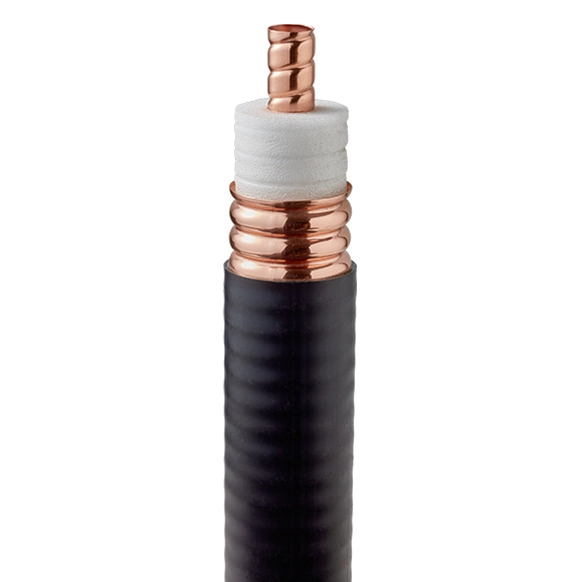Newglee FM accessories encompass a versatile range of feeder cables engineered for seamless integration into FM transmitting systems. Designed to ensure reliable signal transmission, these cables prioritize durability, signal integrity, and adaptability across diverse operational environments. Featuring robust construction with corrosion-resistant materials, they are optimized for both indoor and outdoor installations, maintaining consistent performance under varying climatic conditions. Their low attenuation and minimal voltage standing wave ratio (VSWR) guarantee efficient power transfer, critical for high-fidelity FM broadcasting. The product line offers flexible sizing and configurations to accommodate different infrastructure requirements, from compact setups to large-scale broadcast networks. Ideal for FM transmitters, these cables also support auxiliary applications in telecommunications and signal relay systems, emphasizing versatility. With a focus on longevity and ease of maintenance, Newglee’s feeder cables deliver a cost-effective solution for broadcasters seeking uninterrupted, high-quality signal distribution.




Urban radio stations face high RF interference from surrounding electronic devices and transmission sources. Shielded feeder cables provide superior signal integrity by minimizing electromagnetic interference (EMI) and reducing signal loss. High-quality braided or foil shielding prevents unwanted noise, ensuring clear audio transmission. These cables also enhance VSWR stability, improving transmitter efficiency. Choosing low-loss, high-durability coaxial cables with proper shielding ensures consistent broadcast quality, preventing signal disruptions. For urban environments, shielded feeder cables are essential for maintaining a clean, interference-free signal and maximizing radio station performance.
Poor-quality cables increase signal attenuation (loss), reduce broadcast range, and degrade audio clarity. Use low-loss, high-grade coaxial cables (e.g., LDF4, Heliax).
Longer cables increase signal loss. Optimize length to balance coverage needs and loss margins (e.g., ≤3 dB loss for most FM systems).
Most FM systems use 50-ohm coaxial cables. Mismatched impedance causes signal reflections (VSWR issues) and power inefficiency.
Use weatherproof connectors (e.g., N-type) and seal joints with waterproof tape or silicone to avoid corrosion and signal degradation.
Yes. Physical damage (kinks, cuts) or aging insulation disrupts signal integrity, causing dropouts or interference. Inspect cables regularly.
Check connectors for tightness and corrosion, monitor VSWR levels, and replace cables showing wear or high loss.
Pre-terminated cables ensure precise impedance matching and reduce installation errors, but custom lengths may require professional assembly.
Feeder cables are vital for efficient FM transmission—prioritize quality, proper installation, and routine checks to maintain optimal performance.
